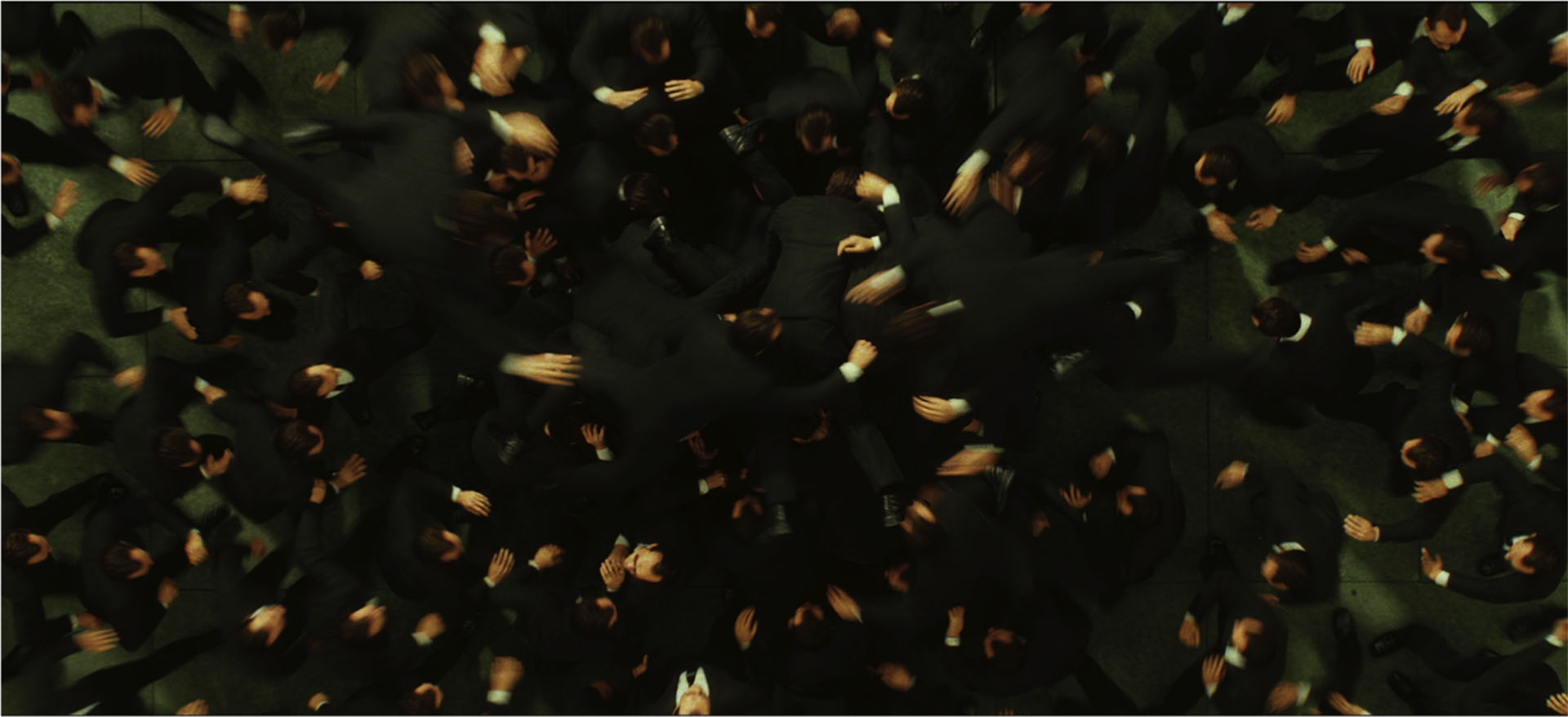
Siggraph Asia 2009 presentation “Earthquake! Building a pipeline to Destroy Los Angeles in 2012” on Bento, the central pipeline component developed at Digital Domain to enable the creation of the LA Destruction sequence of 2012.
Authors:
| Haarm-Pieter Duiker, Digital Domain |
Osiris Perez, Digital Domain |
Masuo Suzuki, Digital Domain |
Rito Trevino, Digital Domain |
Abstract:
2012 presented a set of challenges that were unique in scale, even for an experienced company like Digital Domain. The LAP se- quence follows the progress of a plane flying through Los Ange- les as it is destroyed by a massive earthquake. From this aerial perspective, some shots had as many as 6000 individual objects. Each needed to be placed, animated, run through effects simula- tions, and finally lit and rendered. The time constraints and scale of this project meant that most of those steps would happen in parallel, and assets would be constantly modified, published and updated by each department as shots progressed.
The full writeup and slides are available below
Continue reading →









